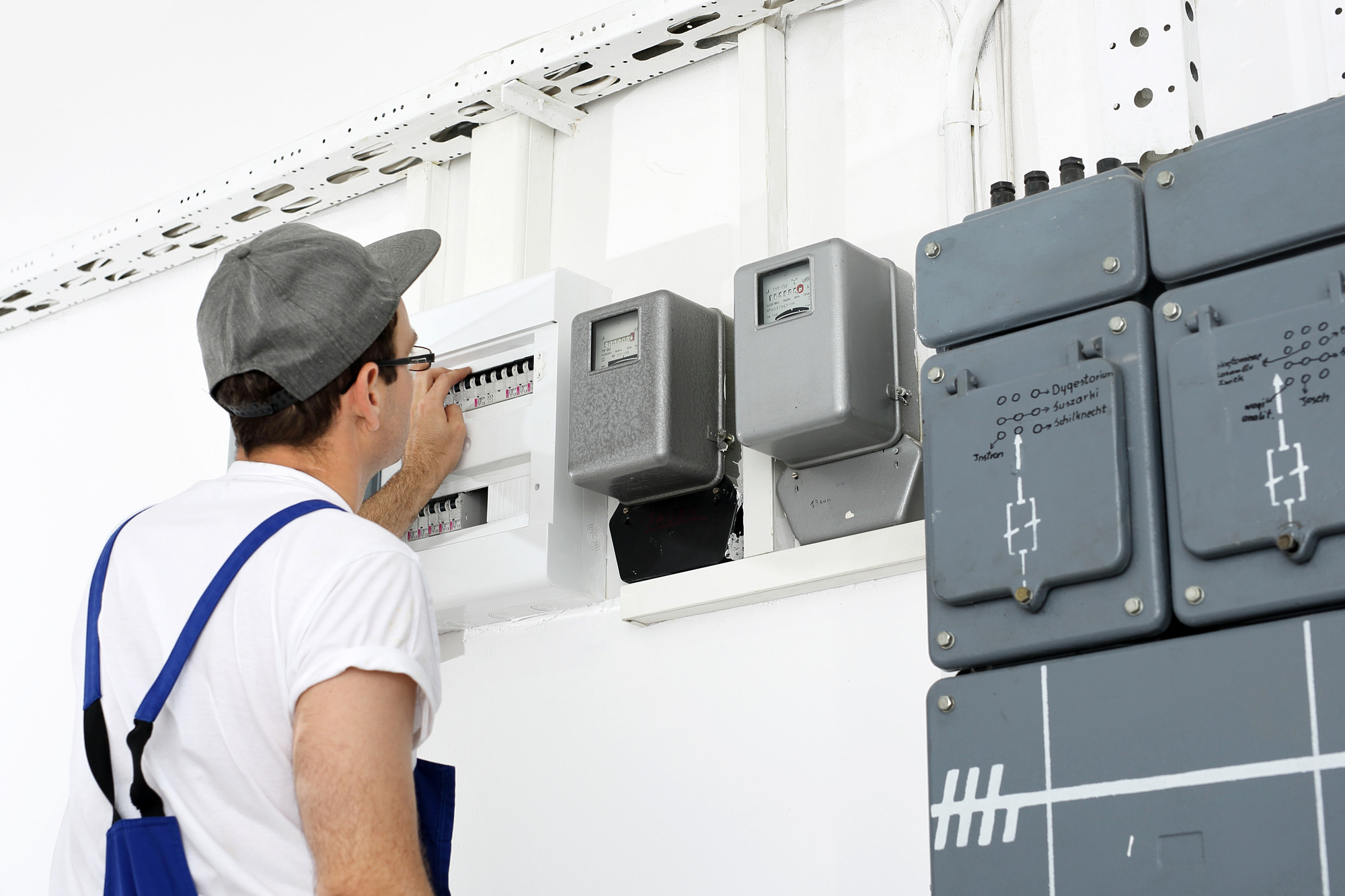
As a foundational element of a comprehensive security strategy, security lighting plays an integral role in protecting assets, deterring unwanted activity, and ensuring safety. Establishing accurate cost estimates for security lighting installation is crucial to avoid budgetary surprises and ensure an effective, seamless execution of your project. This involves understanding various components including equipment cost, labor expenses, energy usage, and maintenance requirements.
In this guide, we will delve into these factors, providing you with the essential information and strategies you need to accurately forecast the expenses associated with installing a security lighting system, thereby enabling you to make well-informed financial decisions, optimize resources, and enhance the security of your premises.
Factors Affecting Cost Estimates
Cost estimates for security lighting installation depend on several factors:
- Type of Lighting: Options range from broad-beam floodlights to focused spotlights, energy-saving motion-sensor lights, and low-intensity pathway lights. Each type has its own efficiency, maintenance, and cost considerations.
- Location: The chosen location affects the number of fixtures, type of bulbs, wiring requirements, durability needs, and mounting methods. Each factor can influence the overall cost.
- Area Size: Larger areas require more fixtures, possibly of different types, increasing costs. The area’s shape and usage also impact lighting needs.
- Power Source: Wired systems, connected to the grid, are powerful but may need professional installation, raising costs. Solar-powered systems are self-sufficient and eco-friendly but may be less powerful and require maintenance.
- Mounting Type: Options include wall-mounted, pole-mounted, and ground-mounted lighting. The cost varies based on the hardware and labor needed for each type.
- Control System Type: Standalone systems are cheaper and easier to install but less flexible. Networked systems are pricier and require more work but offer greater flexibility and can be integrated with other systems like security cameras.
- Bulb Type: The cost, lifespan, and energy efficiency vary between incandescent, halogen, fluorescent, and LED bulbs. While LEDs are the most expensive, they are also the most durable and energy-efficient, making them ideal for outdoor security lighting.
- Wiring Type: The cost and complexity of installation depend on whether you choose low voltage wiring (cheaper, easier to install, suitable for shorter distances) or line voltage wiring (used for larger areas, delivers more power, must be installed by a licensed electrician).
- Labor Type: Skilled labor is needed to ensure accurate, efficient, and safe installation. The cost varies according to project complexity and the level of expertise required. It’s advisable to hire experienced professionals to avoid inadequate installations that may require costly repairs.
Steps to Get Accurate Cost Estimates for Security Lighting Installation
Getting an accurate cost estimate for security lighting installation involves several steps:
1. Determine Lighting Needs
Assess your property and its surroundings to understand the level of security required. Consider whether the lighting is purely for security or also for aesthetics. Factor in the size of the area to be lit, the level of illumination required, and any obstacles that may impact the lighting.
2. Determine Lighting Type
Decide between floodlights (broad beam, suitable for large areas) and spotlights (focused beam, ideal for highlighting specific targets). Consider energy efficiency, with LED lights being the most efficient but pricier than less energy-efficient halogen lights. Choose the type based on the level of security needed – a bright floodlight for deterrence or a spotlight for identification and surveillance.
3. Determine Lighting Location
Choose locations based on your property’s layout and potential security risks. Ensure adequate lighting for entryway doors, windows, walkways, and parking lots. Keep in mind any obstructions that could block the light. The location should provide complete coverage while remaining unobstructed.
4. Determine Lighting Size
Consider the size of the area to be illuminated. The goal is adequate visibility without creating light pollution or excessive glare. Use a lighting plan that considers the height of the light fixtures, the beam angle, and the distance between fixtures. The purpose of the lighting and the type of bulb and fixture used can also affect the necessary lighting size.
5. Determine Power Source
This factor significantly impacts the installation process and the types of lighting fixtures that can be used. The power source could be an electric grid or renewable sources like solar power. Also, it’s crucial to determine the voltage and wattage needed to power the lights appropriately, avoiding either under-powering or over-powering.
6. Determine Mounting Type
Decide if the lights will be wall-mounted or pole-mounted. Wall-mounted lights are ideal for spaces with limited area, while pole-mounted lights are suitable for larger areas. Consider factors like height, ease of maintenance, and installation cost.
7. Determine Control System Type
This refers to how the lights will be activated and turned off. Options include motion sensors, timers, manual switches, or networked systems integrated with other building systems. The choice of control system affects the longevity, maintenance, and overall cost of the lighting system.
8. Determine Bulb Type
Different bulb types have varying costs and energy efficiencies. Common types include LED, CFL, and Halogen bulbs. LEDs are the most efficient but also the most expensive upfront. Your choice should align with your lighting needs, location, power source, and budget.
9. Determine Wiring Type
Choose from conduit, armored cable, or non-metallic cable. Your choice depends on the installation location, activity level in the area, and required protection level. The wiring type you choose will also determine the appropriate wire gauge and circuit protection devices you need. Always hire a licensed electrician to ensure safe and correct installation.
10. Determine Labor Type
The type of labor you employ will significantly impact the cost and quality of your installation. Apprentices are less experienced but cheaper, journeymen are more skilled and slightly more expensive, while master electricians have the highest skill level and charge the most. It’s essential to balance cost with expertise to avoid potential errors and safety hazards.
11. Obtain Quotes
After determining all the factors above, it’s time to get quotes from reputable contractors. Make sure to receive multiple written quotes detailing the project scope, required materials and equipment, and labor costs. Each quote should also include information about warranties, permits, and inspections. Remember, the cheapest quote isn’t always the best choice. Compare each quote carefully, ensuring value for money and clarity in all aspects. If the estimate exceeds your budget, discuss possible alternatives like using different materials or adjusting the project scope. This step is critical to choosing the right contractor and ensuring competitive pricing for your security lighting installation.
Recommendations
For an effective security lighting installation, consider the following recommendations:
- Consult Professionals: Engage a professional electrician or a security lighting installation company. They can provide a detailed estimate covering equipment, labor, and any additional fees. They are also equipped to handle potential complications like working with existing electrical systems or difficult placements.
- Research Local Costs: Understand the average cost of security lighting installation in your area by consulting multiple companies or electricians. Remember, the cheapest option may not necessarily provide the best quality.
- Consider Energy Efficiency: Choose energy-efficient lights like LEDs. Though more expensive upfront, they can reduce energy bills in the long run and have a longer lifespan, reducing replacement frequency.
- Plan for Unexpected Expenses: Despite thorough estimates, unexpected costs may arise during the installation process. A contingency plan and budget can prevent financial stress and project delays.
By carefully planning, conducting thorough research, and consulting professionals, property owners can ensure quality installation at a reasonable cost.
Conclusion
This guide has explored different aspects of security lighting installation, including types of security lights, their placement, and the importance of professional installation. Key factors impacting installation costs include the type of light, placement, property size, and maintenance costs. Common security light types include motion-activated and dusk-to-dawn lights, each with its advantages and disadvantages. Effective light placement ensures necessary coverage without disturbing neighbors.
Hiring a professional – Contact McBride Electric for installation guarantees safety and quality, and considering maintenance costs prevents future unforeseen expenses.
